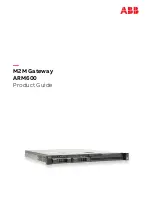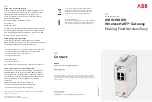
normal number can also be suppressed using CLIP, so that the
party called only sees the other number.
See Display caller number (CLIP / CLIR).
See Display caller number (CLIP / CLIR).
A sequence (code procedure) (consisting of 0 - 9, *, # and R) can be
entered on the telephone keypad in order to access the PBX's func-
tions.
See Display called party number (COLP / COLR).
See also Display called party number (COLP / COLR). With COLP
no Screening, as well as the normal caller number, another number
is also sent, e. g. the number of the switchboard or a service num-
ber. The normal number can also be suppressed using COLP, so
that the party called only sees the other number.
See Display called party number (COLP / COLR).
With a conference call, multiple internal subscribers can speak to
one another on the phone at the same time.
The configuration refers to all of a device's settings. It is stored in-
ternally, in MIB tables. This data can be backed up, loaded and de-
leted externally. The configuration is edited using the HTTP(S) user
interface, an SNMP client or connected telephones.
The term Class of Service (CoS) means different things depending
on the area in which it is applied. In telecommunications CoS refers
to the permission class assigned to the user. The permission class
defines the user's rights, e. g. exchange access right, features that
can be used, access to applications, ... In network technology CoS
refers to the classification of certain services as per IEEE 802.1p.
CoS enables priorities to be set in a targeted way, while Quality of
Service (QoS) is used to set up explicit bandwidth guarantees or re-
strictions. Data packets are classified using a DSCP (Differentiated
Services Code Point) value.
Cyclic Redundancy Check (CRC) is a method of detecting errors in
the data transmission.
See Certificate.
See Basic Rate Interface and Primary Rate Interface.
bintec elmeg GmbH
Glossary
be.IP 4isdn
429
















































